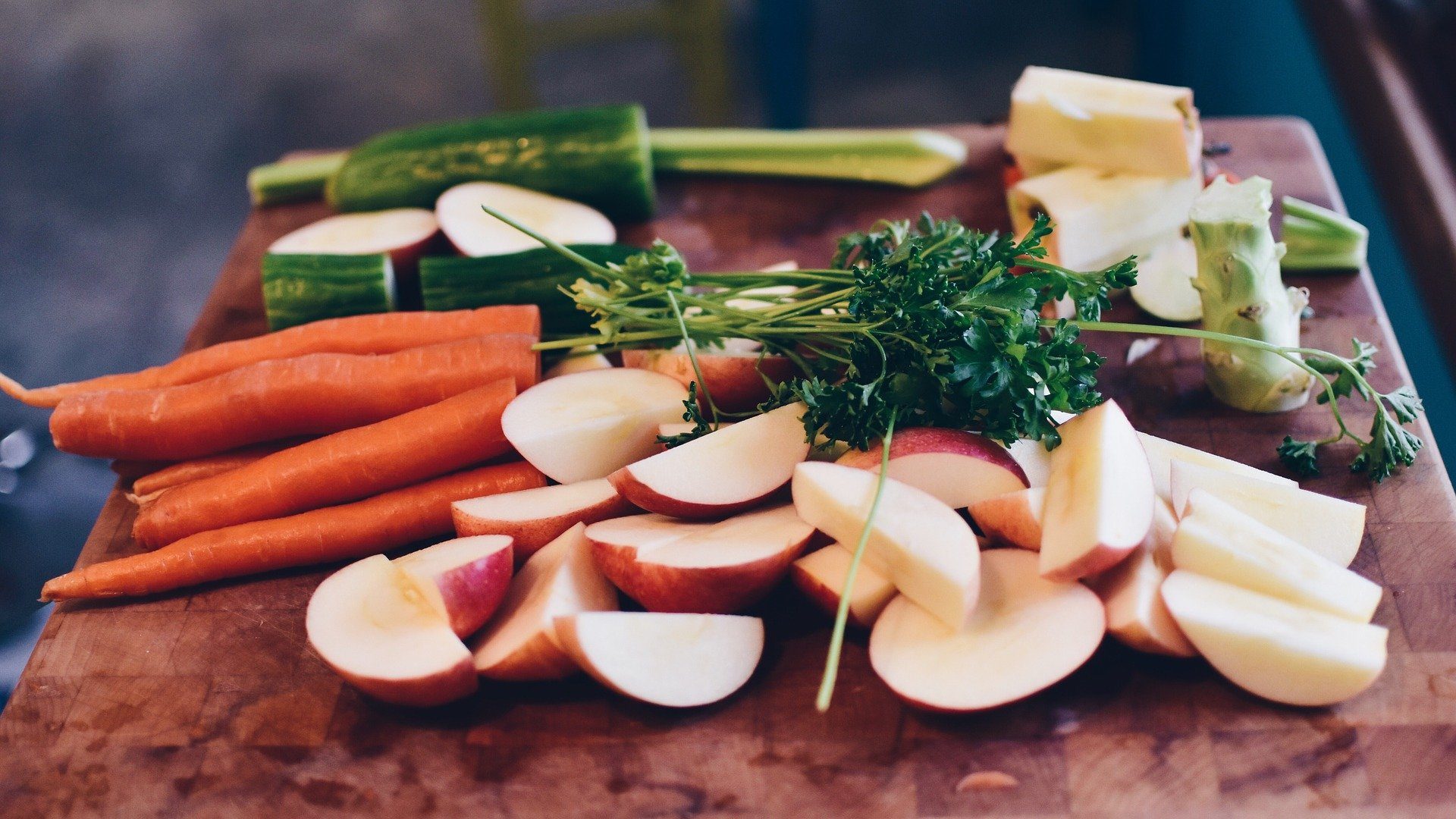Going grocery shopping should be easy. But with all the varieties, colors and number of adjectives used to describe common foods, it becomes about as painful as sticking a fork in your eye. Which food can be particularly confusing when looking for your best option?

Allow me to break down the most commonly used words in the egg world so you can be an informed consumer. Because an informed consumer, is a smart consumer who speaks with their dollar.
Cage-Free: this term entered the market when the public became more aware of the “living” conditions of chickens on corporate farms. Traditionally, chickens were kept in tiny cages with no room to even turn themselves around. Not only is this inhumane, but the stress this puts on the animal affects the nutritional content of the egg. It may seem silly and something that PETA would claim, but it’s true.
To please the public, corporate farms started labeling their eggs with the buzz word “cage-free”. While this may sound like an improvement, I’d encourage you NOT to take the food industry at face value. Ever. Yes, the chickens are not in individual cages. However, they are now crammed into tiny sheds with no access to the outdoors. And when I say crammed, I mean….

….crammed.
Chickens may not be in cages, but there is still very little room to move. And they certainly can’t fly, which they are meant to do.
So is cage free better? That’s up to you.
Free Range: The diet coke of cage-free eggs – sounds better, but isn’t necessarily. According to the USDA, free range eggs means they “must be produced by hens that are able to roam vertically and horizontally in indoor houses, and have access to fresh food and water, and continuous access to the outdoors during their laying cycle.”
That word salad seems nice, but at the end of the day, it’s just that – words. Free range eggs come from chickens that live in a chicken barn (such as the one above), but there’s a window or door that may allow them to go outside. And I’m using the term “outside” loosely here. That could mean a dirt patch just outside the door or it could mean a beautiful pasture. Call me cynical, but I doubt the latter.
Pasture-Raised: Finally, something to write home about! This method of raising chickens is the most humane and the healthiest (though also the priciest). Chickens are meant to wander around, peck at the ground and eat insects. This is how they produce the healthiest yolks! Pasture-raised eggs means the chicken had a minimum of 108 square feet of pasture to themselves. Now compare that to your standard caged chicken and tell me which is healthier.
A word of caution: the USDA does not regulate the term “pasture-raised”, which means it can be slapped onto almost any carton. Look for the “Certified Humane” label to ensure you’re getting a better, more humane product.

I get that everything is expensive now, and eggs are 2020’s toilet paper and Lysol wipes. But your health matters and so does the way you spend your dollar. The food industry wants your money, and they study the way you spend it. By supporting local farmers who supply farm fresh eggs, you are telling corporate farmers that you aren’t supporting them. And in my opinion, that feeling of sticking it to the man is priceless.

So how do you pick a good egg? Click here to see the most comprehensive chart I’ve come across regarding this topic. Remember, a humanely raised chicken produces the healthiest eggs.
And because I’m an animal lover at heart, check out the ASPCA’s “shop with your heart grocery list” by clicking here. To find certified humane farms in your state, click here and search by your state.
Until next time…
…eat food, not food products!
